
I live in Asbury Park, New Jersey. I don’t know what it means. I just got here.
I moved to a shore town to be closer to work during the final crescendo of summer. On an evening walk last month I overheard a child complain to his mother that it was still too hot, even after sundown. She joked, “We’ll have to start vacationing in Alaska.”
I cannot imagine being a person who uses “vacation” as a verb, let alone doing that verb.
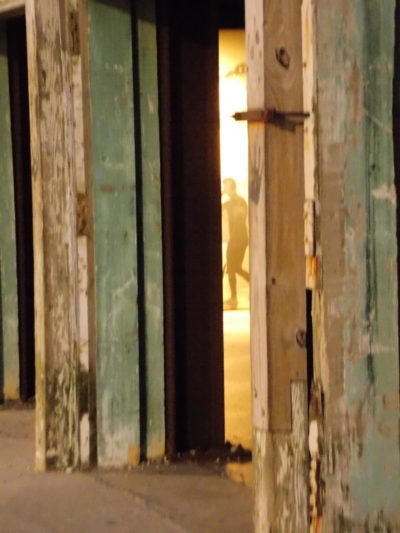
The summer I turned 17 I ran away from home to catch a punk festival in this town. I nearly got ripped off by a phony scalper before the show, who tried to get me to fork over $70 for a yellow bumper sticker. It was a special kind of ticket he said, a new promotion. I didn’t buy it. I know I looked young, but I didn’t want to look gullible. After the concert let out I waited at the train station among people getting progressively more stoned as they lay on the ground.
I was grounded for the rest of that summer.
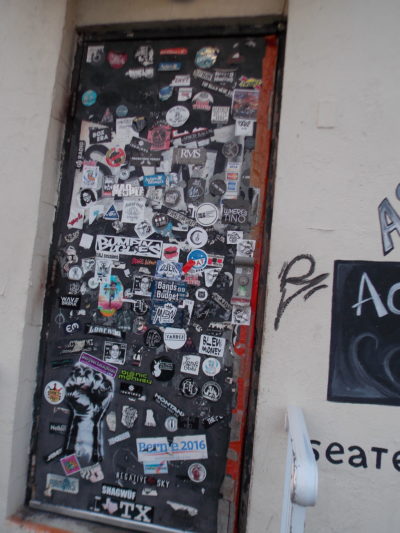
Labor Day means so many things.
It’s much more complicated here. Beach tourism infuses cash into this area between Memorial Day and Labor Day, but that cash is brought in by tourists. There’s a mean acronym for northern folks who come here to clog the roads with their cars and the beaches with their bodies, umbrellas, voices, tanning oil and brassy accents: BENNY. It means people from Bayonne-Elizabeth-Newark-New York.
You can read BENNY GO HOME! on bumper stickers, t-shirts and fridge magnets. I’m already sick of hearing my neighbors complain about them. (Them? Me? Did I stop being a BENNY when I moved in August 1?)
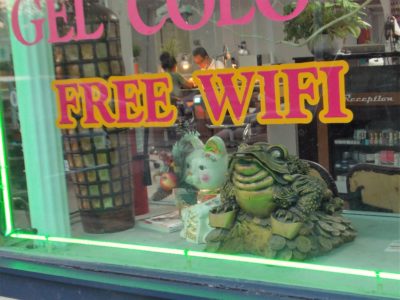
Labor Day is supposed to be a holiday for laborers, after all. But since it’s the last hurrah for holiday-makers, it’s a big weekend for local employees to make money. Many restaurants or other food service joints tell job-seekers they are not allowed to take or request this weekend off. There’s no time for irony when all your cash-cows are about to leave till next summer.
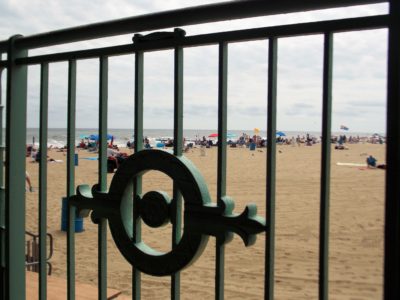
Lately I’ve been intrigued by an odd bit of local history: the shipwreck of the Morro Castle in 1934. This luxury cruise liner was returning its revelers and honeymooners to New York after a stop in Cuba—before embargoes and travel restrictions. It was returning from an Orientalist fantasy of tropical paradise.
Cruise director Robert Smith had all the of promises of the cruise line’s brochure memorized, and he would welcome each new crop of passengers aboard by reciting these lines. Amazing revelation, tropical luxuriance, a world of flowers, unique hospitality – all phrases from the cruise ship’s promotional material.
The ship’s staff felt a lot of the same pains that contemporaries in Asbury voice today.
One passenger recalled an unpleasant experience in the ship’s dining room, “I asked for a couple of lamb chops. The waiter said they weren’t on the menu so they couldn’t be served. I reminded him this was first class. He shrugged as if he couldn’t have cared less. I insisted, so he went away and eventually returned with the chops. In one was a nail that had obviously been slipped in after the meat was cooked.”
I have worked in food service and am proud to say I have never messed with any customer’s food as revenge. I’ve also never had anyone badger me with, “This is first class.” I don’t imagine I’d react well in that case.
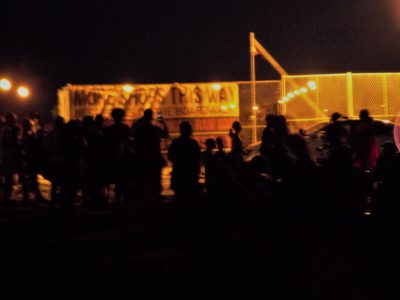
An awful night, the sinking. September 8, 1934, a fire broke out and ravaged the ship. At 3 a.m., passengers awoke to the smell of smoke but assumed it came from more drunken trash fires, set by the careless ashing of cigarettes into wastebaskets. The S.O.S. call was delayed by 45 minutes due to a chain-of-command misunderstanding and the crew, who had known for months that the lifeboats were decaying and largely ineffective, boggarted the effective survival tools and evacuated themselves first.
Why were the safety concerns, later described by the crew of the Morro Castle, not voiced during the August 1934 inspection of the ship? Two officers answered, “When making a living means not being difficult, then you are not difficult.”
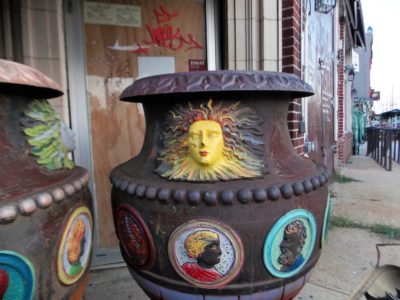
How uncanny today to read the names of familiar towns as theaters of this tragedy. The S.O.S. came off the coast of Sea Grit. Some survivors paddled their way to Point Pleasant (often using corpses as buoys), walked off onto the beach, and told onlookers they had just escaped hell.
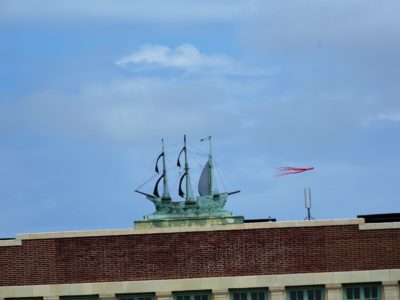
The next morning, beaches in places like Manasquan and Brielle drew so many rubber-neckers as debris washed ashore that vendors set up carts to sell them morning coffee and then hot dogs.
This was the end-of-season tourist boom after all.
Asbury Park city officials actually asked if the abandoned ship could be towed to its own shores and left as a tourist attraction. The death toll of this tragedy was 134 lives, the vast majority of them passengers. (Pleasure-seekers!)
The two ships attempting to tug the still smoldering wreck of the Morro Castle found themselves in their own comedy of errors. The ship doing the towing experienced engine failure and the venture was abandoned. The anchor was cut loose and the Morro Castle did indeed run aground on the beach at Asbury Park.
It landed only 300 feet away from a local radio station, which gave a blow-by-blow account of the wreck’s approach. This sparked even more curiosity and drew a larger crowd to gape. (And dine. And shop.) One resident has been recorded as remarking to Mayor Carl Bischoff, “This is the biggest thing that’s ever happened to us. They’re going to come from all over to see it.”
Tourists with disposable income: loved, hated, needed.
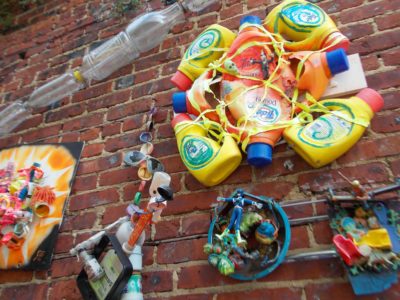
History isn’t the end-all-be-all of who we are. But I’ve been drawn, in part, to the Morro Castle’s presence in my new beachy hometown, and what it reveals about the culture of this place almost 100 years ago.
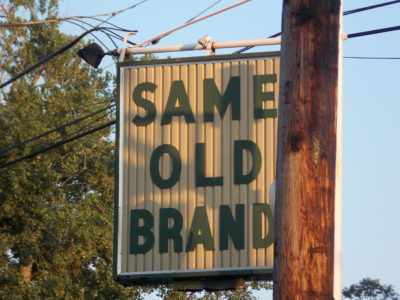
I have recently learned that here, September is nicknamed “Local Summer.” The days are still hot enough to walk the boardwalk or lay on the beach. Outdoor dining and concerts are still options. There will be fewer vacationers to fight for space with, is all.
This is my first Local Summer as a local, I suppose. I got here as the BENNIES go home. I can’t tell if I am one or if I am home.
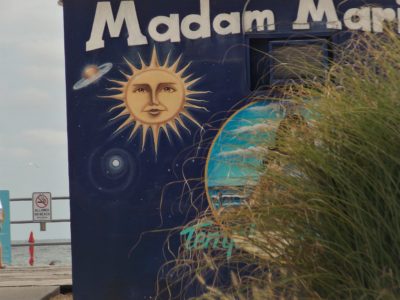
Source for information on the sinking of the Morro Castle: “Shipwreck: The Strange Fate of the Morro Castle” by Gordon Thomas and Max Morgan-Witts

Laura Eppinger is a Pushcart-nominated writer of fiction, poetry and essay. Her work has appeared at the Rumpus, the Toast, and elsewhere. She the blog editor here at Newfound Journal.

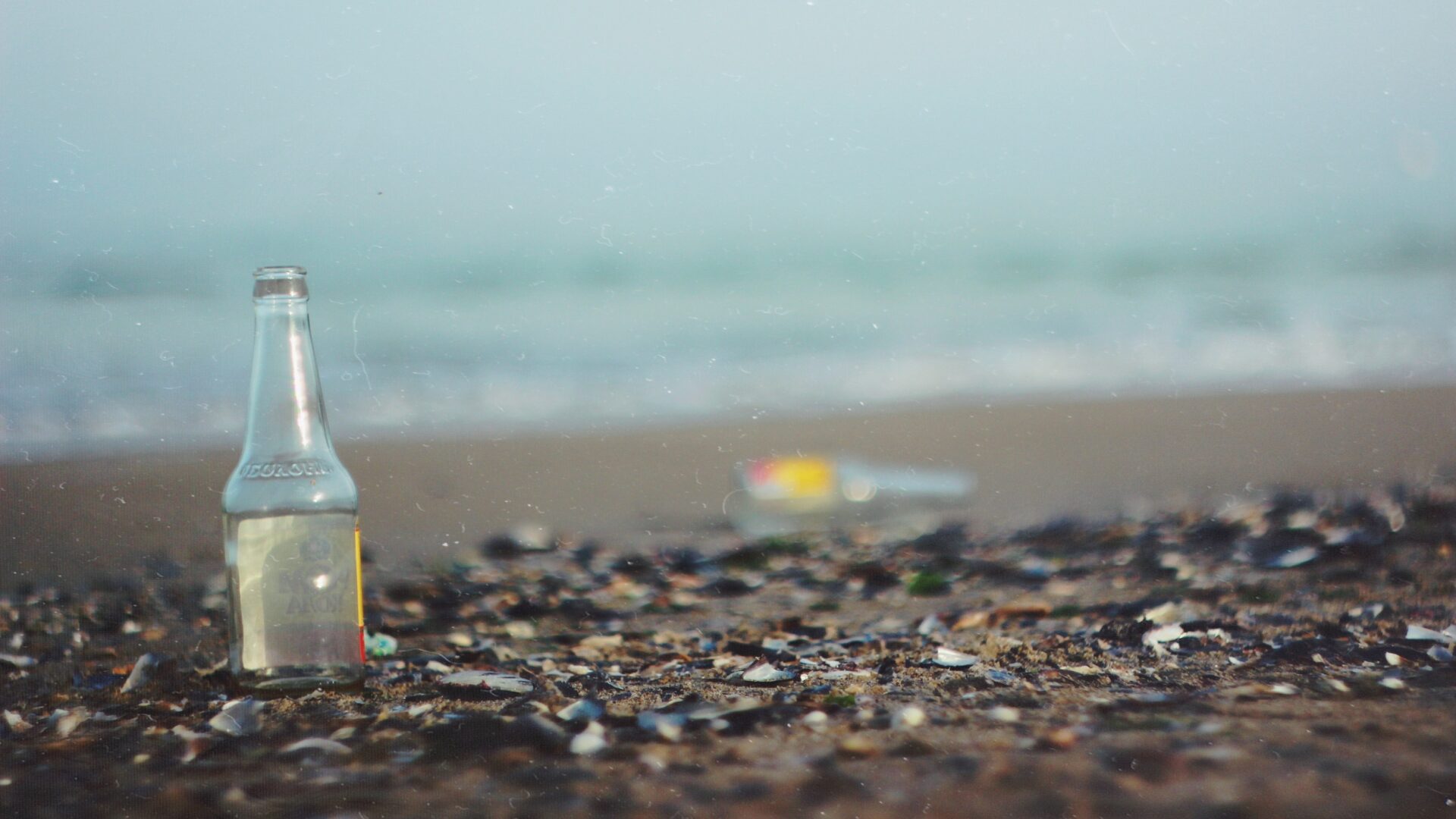
0 comments on “Labor Day in a Beach Town and What It Means”